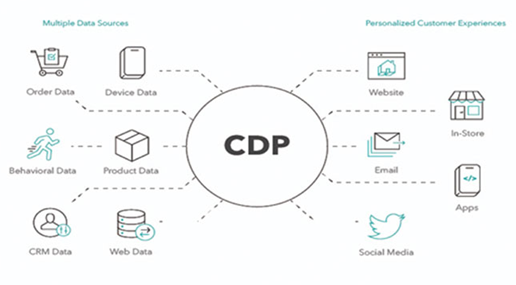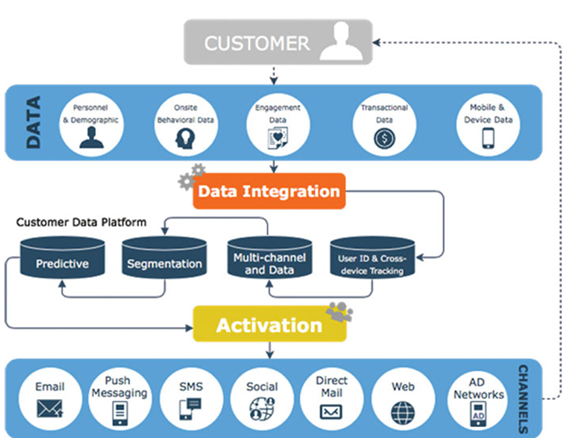This chapter introduces the reader to the concept of Customer Data Platform (CDP) and its importance today. Readers will be able to understand the challenges faced by companies in delivering a great customer experience.
In this chapter, we will understand what a CDP is and why it is important for all companies to invest in one. We will discuss the challenges faced by companies that don’t use a CDP and, hence, don’t have a single source of truth for their customer data. We will also discuss in theory how a CDP platform solves customer data problems for companies. Next, we will learn the concepts behind the working of a CDP before discussing the different types of CDPs.
Understanding the high-level workflow of a CDP will help the readers to conceptualize an abstract model of a CDP and what it brings to the table. After this, we will delve into a detailed discussion on different concepts required for implementing a CDP for your organization. Lastly, we will finish this chapter by understanding the challenges faced by customer data platforms today. In the later chapters, we will learn how to solve those challenges.
In this chapter, the following topics will be covered:
- Introducing the Customer Data Platform (CDP)
- Challenges faced by Companies due to the L ack of a Single Source of Truth
- How a CDP solves Customer Data Problems for Companies
- Data Types handled by CDPs
- Identity Resolution
- Types of CDP
- The High-Level Workflow of a CDP Platform
- Tracking Plan, Event Tracking, and Event Streaming
- Challenges faced by CDP Platforms
Introducing the Customer Data Platform (CDP)
Customer data platforms, or CDPs are among the most important yet confusing technology. It means different things to different people. It does not help that technology keeps changing every year and that makes it very difficult to put into words what it means. We will attempt to define it and then explain what it means.

Figure 2.1: Customer Data Platform takes data from different sources and creates a unified customer profile
According to the CDP Institute (source https://www.cdpinstitute.org/cdp-basics/), the definition of a CDP is “A Customer Data Platform is packaged software that creates a persistent, unified customer database that is accessible to other systems.”
It is called packaged software as a majority of the components you require to run a CDP are provided within the package itself, requiring less effort for setup and maintenance. It helps to create a unified customer database, which means it helps to bring customer data from different sources and store it in one place. Accessible to other systems means that the data stored in the CDP can be sent to other platforms for business initiatives like marketing, user engagement, personalization, and so on.
A relatively newer concept in CDP is to leave out the database part. So, a CDP can refer to a software package that helps you connect your different sources of data (input) to your chosen destination (where your data needs to reside, usually a data warehouse). These are leaner CDP tools that do not include a database with the CDP. They just help you to bring the data from different sources to a single platform and then re-direct that data to your chosen data warehouse. You can then unify the data and make it available to different platforms from the data warehouse (Figure 2.2).

Figure 2.2: CDP makes data available for different platforms (Source: https://infotrust.com/articles/what-is-a-customer-data-platform-cdp/)
Whether the CDP includes a database or gives the flexibility to choose the database of your choice, the important thing to note is that any CDP helps you bring customer data from different channels and then merge it all together to create a unified customer profile. If you understand this core principle of CDP software, you are good to go ahead.
So, in Figure 2.2, you can see data coming from different sources into the CDP and the data that is coming out of the CDP helps to create personalized customer experiences.
